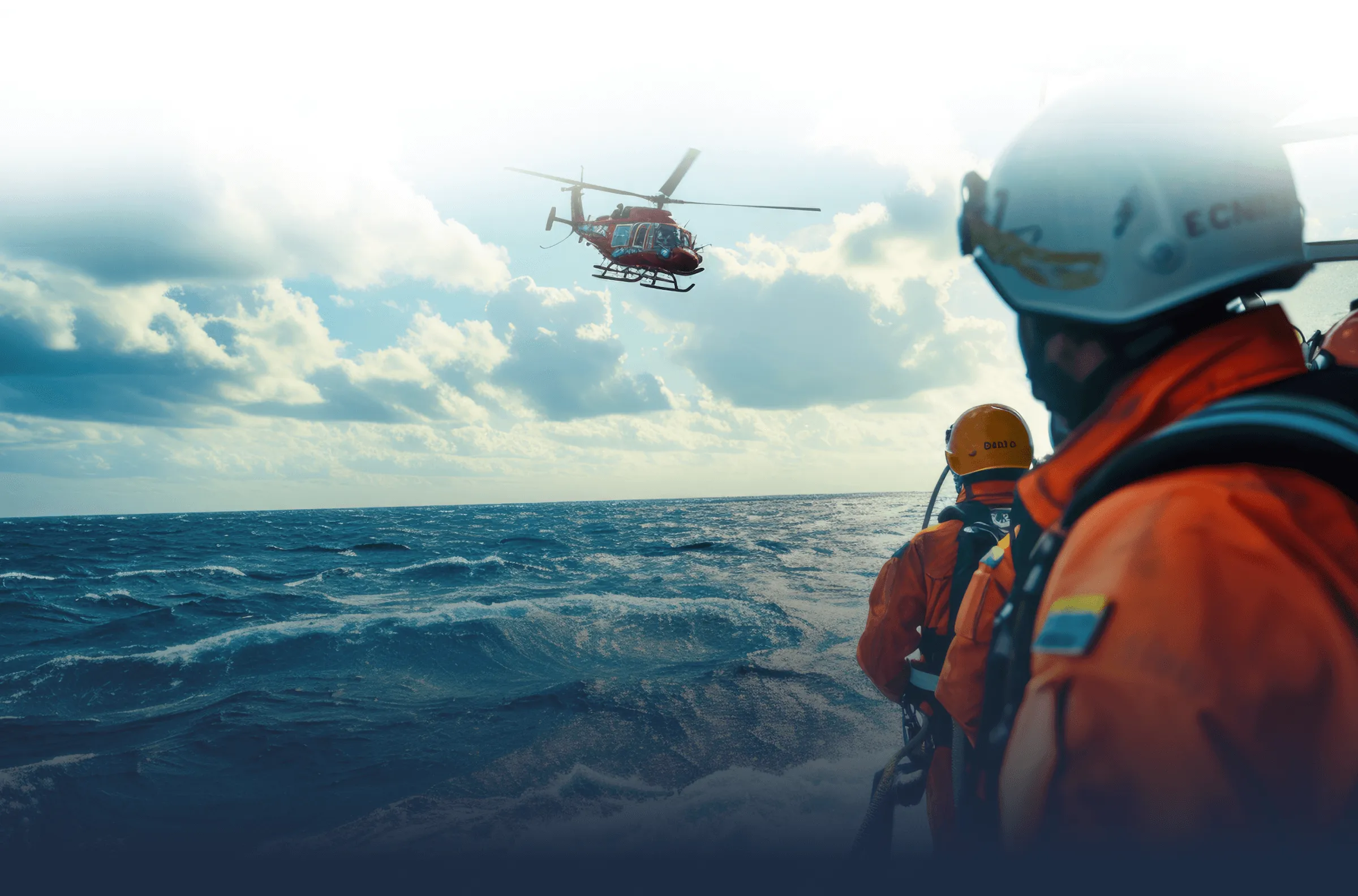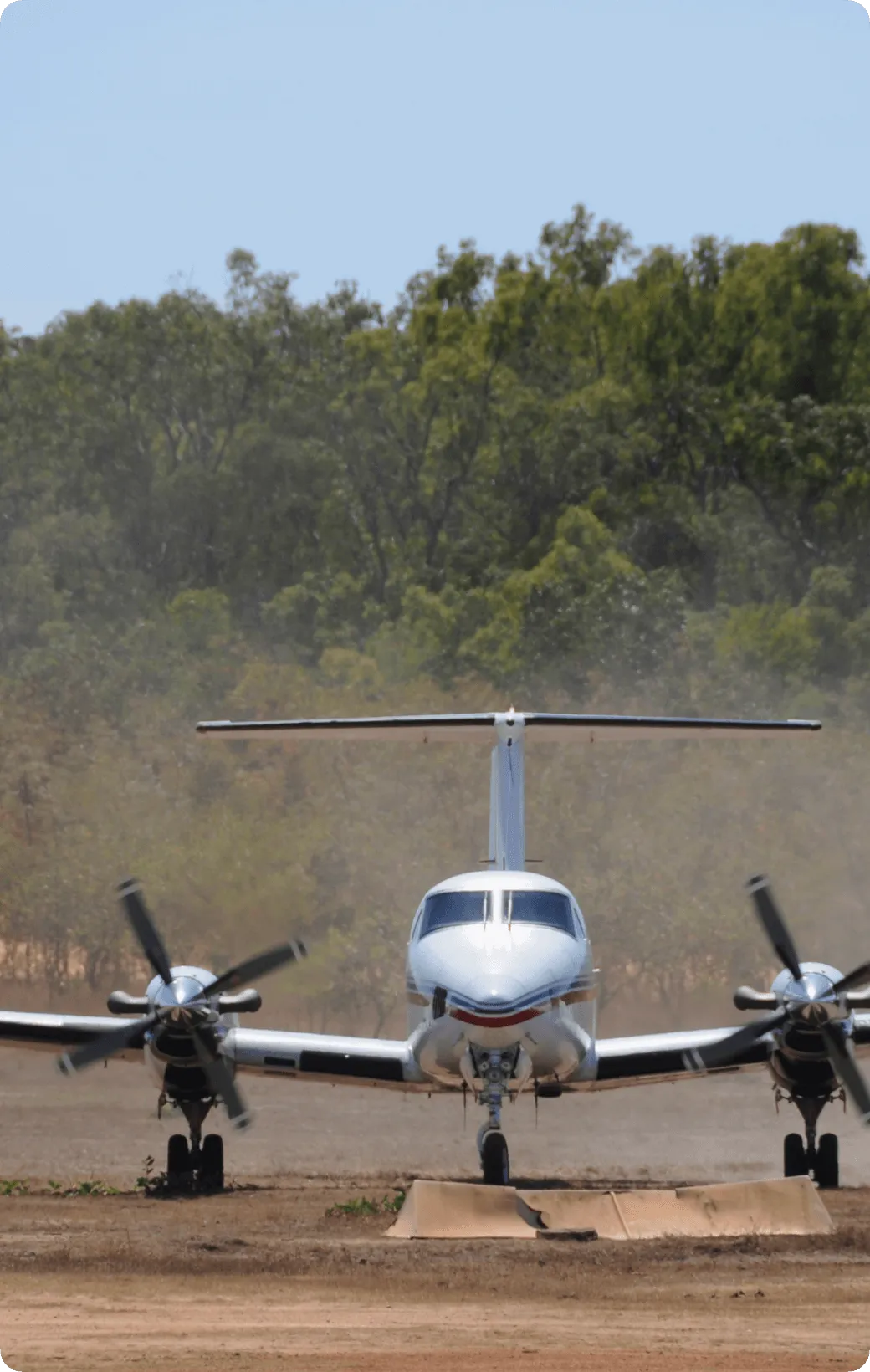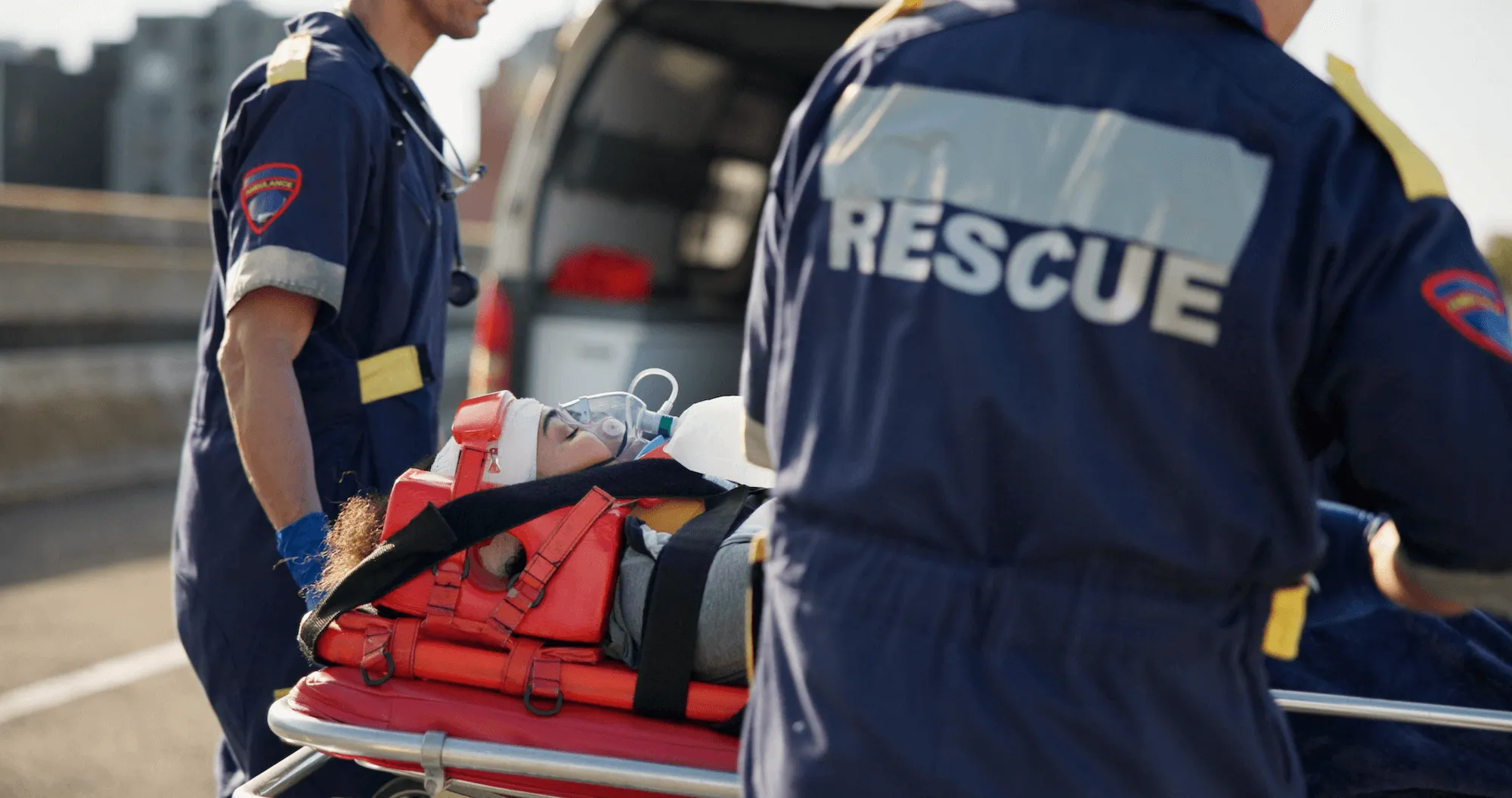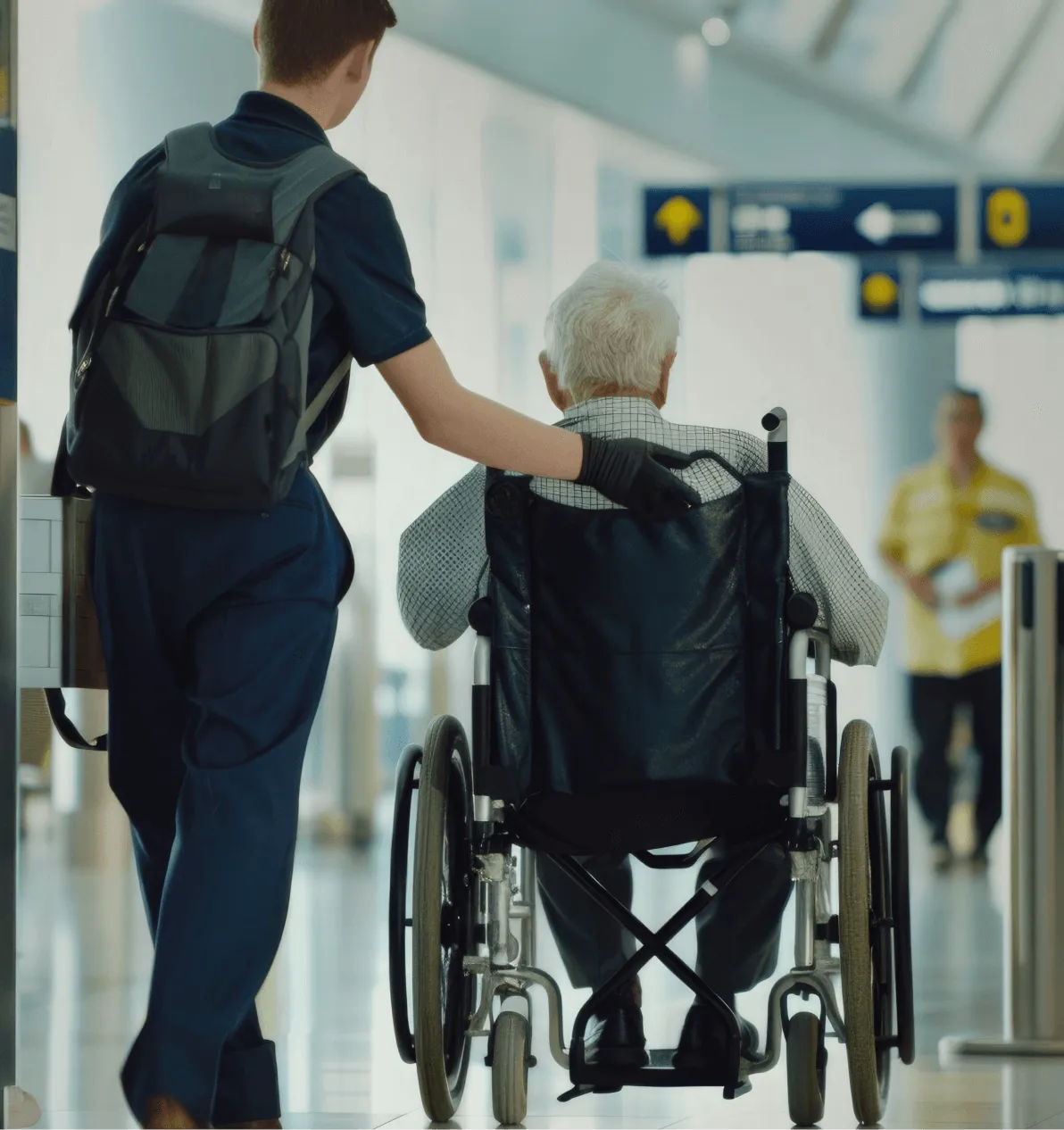Global Medical Assistance
You Can Trust
At medresq, we specialise in providing comprehensive medical assistance tailored to your unique needs.

Trusted by Industries Across the Globe
Supporting Your Most Important Resource: People
A Global Network

Why Choose Medresq?
With 20+ years of experience, we deliver personalized support backed by medical expertise and clear communication. Your well-being is our priority.
Comprehensive Medical Assistance Tailored for Your Needs


Medical Emergency Response Planning
Response Planning Our 24/7 service ensures rapid response to emergency situations. Providing comprehensive planning and risk management.



How to get your team 24/7 support from medresq
Partnering with us is quick and hassle-free. Follow these simple steps to get covered and ready for any emergency

Contact Us
Reach out to a member of our team to arrange a free consultation to discuss your medical assistance requirements.
Consultation
We will discuss your specific needs based on volume and travel patterns as well as any specific requirements or medical considerations.
Bespoke Proposal
Based on our consultation, we will generate a bespoke proposal for a retained support service with broken down fee structure.
Fully Supported
Once engaged medresq will provide your employees/ insured with 24/7 support in the event of a medical emergency.
See Our Success Stories
Explore our impactful case studies below.
Driven by Trust, Powered by Relationships
Explore what our customers say


















